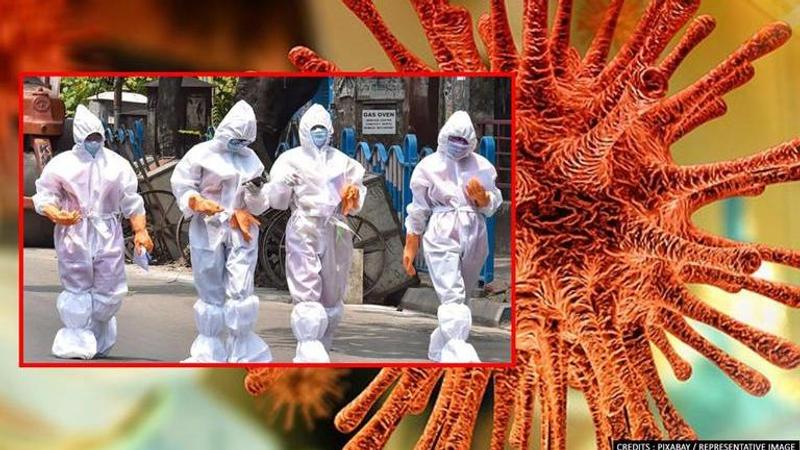Published 16:50 IST, April 21st 2021
New B.1.618 COVID-19 mutant found in West Bengal, makes plasma therapy ineffective: Report
A B.1.617 COVID-19 mutant has been found in West Bengal which is said to be an immune escape variant, meaning it makes plasma therapy ineffective

As India grapples with the second wave of COVID-19, reports of double mutation are coming to the fore. At a time when the dangerous surge in COVID-19 cases is taking a toll on the health infrastructure, a triple mutant of COVID-19 has been found in West Bengal which is said to be an immune escape variant.
Vinod Scaria, a Scientist at CSIR-Institute of Genomics & Integrative Biology (CSIR-IGIB) on Tuesday took to his Twitter handle to elaborate on the new variant of Coronavirus which has been found in increasing numbers in West Bengal.
New mutant, a reason for surge in COVID-19 cases in West Bengal?
Citing a report he said, B.1.618 is a new lineage of SARS-CoV-2 with a distinct set of genetic variants including E484K, responsible for the immune escaping quality in the new variant. Members of this lineage are found in other parts of the world including the US, Switzerland, Singapore and Finland.
The Scientist asserted that E484K can escape multiple mAbs as well as panels of convalescent plasma. This means the infection through this variant makes plasma therapy ineffective.
He said the COVID-19 variant B.1.618 is growing significantly in West Bengal, where assembly elections are underway with the remaining three of the eight phases to be held on April 22, 26 and 29. The political parties have now decided to either stop political rallies or hold them virtually or limit the crowds in a particular rally so as to follow sufficient physical distancing.
Vinod Scaria has further added that not much is known about this strain of the virus at the moment with regards to its ability to cause reinfections and its strength against the vaccines. Although Vinod Scaria said there is no conclusive evidence that this mutant is the reason for the epidemic in West Bengal apart from the fact that the numbers and proportions of this strain have been significantly increasing in recent months, more focused epidemiological investigations would address these questions.
This raises alarm after the B.1.617 (double mutant strain) was found in Maharashtra which according to state officials was likely the reason for the alarming increase in the cases in the state. A National Institute of Virology (NIV) Pune study showed that more than 60 per cent of Covid cases in Maharashtra have the double mutant variant. The study has been made out of the data recorded from January to March. According to the study, the genome sequenced had the double mutation E484Q and L452R, now classified as B.1.617 lineage.
It is important to note that a virus is bound to mutate when it multiplies and goes from one individual to another over a period of time. Dr Nitin Nagarkar, director of AIIMS Raipur has stated that some amount of mutation will either make a virus stronger or weaker, but with COVID-19's mutation, it has been found that even the youngsters, who had less impact with the previous strain of COVID-19, were affected by the mutation of the virus.
Updated 16:50 IST, April 21st 2021




